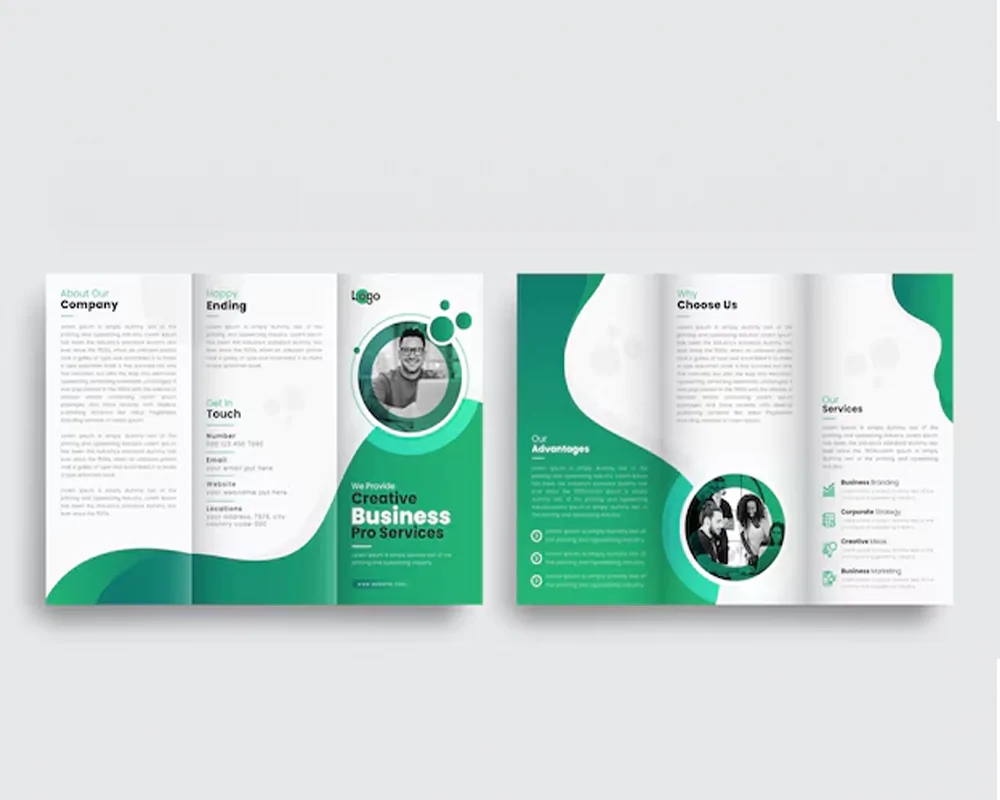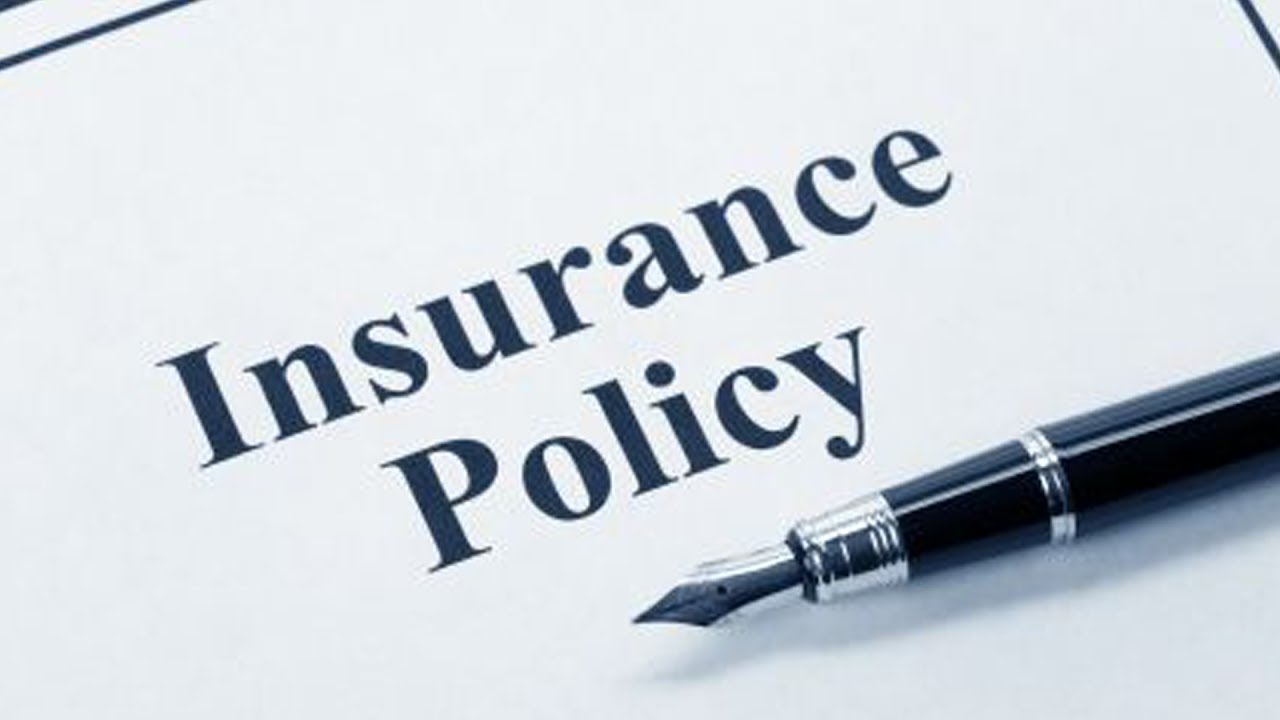In insurance claims, information asymmetry is a constant drag on speed, fairness, and cost. One of the most consequential blind spots is the other party’s limits of liability—how much coverage is available to pay a claim. Policy limit research services have emerged to solve this problem, operating as specialized investigators who identify, verify, and monitor liability limits across jurisdictions and carriers.
When done well, these services compress timelines, sharpen negotiation strategies, and reduce litigation risk. When done poorly, they add noise, introduce compliance risk, and erode trust. This article explains what policy limit research is, how it works, where it adds value, and how claims leaders can implement it responsibly.
Why policy limits matter
Policy limits research services, shapes the ceiling of recovery and the floor of exposure. For claimants and plaintiffs, knowing the limits can inform whether to settle quickly or invest in litigation. For carriers and self-insureds, accurate limits clarify reserve adequacy, reinsurance triggers, and potential excess exposure. Defense counsel rely on limits to calibrate case strategy and manage demand letters.
Yet in practice, limits are often opaque: policies may be spread across multiple carriers, endorsements can alter aggregates, and insureds may be uncooperative or uncertain. In auto, GL, construction defect, and professional liability matters, the difference between a $100,000 and a $1,000,000 limit can rewrite the entire playbook.
What policy limits research services do
A modern policy limit research provider combines data sourcing, verification, and compliance workflows to answer three questions:
Does coverage exist? Identify the presence of primary, umbrella, and excess policies, including self-insured retentions and captives.
What are the limits and structures? Determine per-occurrence and aggregate limits, sublimits, eroding defense provisions, endorsements, and priority of coverage.
Are the limits reliable and current? Validate through carrier or broker confirmation, declarations pages, court filings, certificates of insurance, surplus lines records, and—where allowed—public databases.
The output is typically a documented report with sources, confidence ratings, and follow-up recommendations. Leading providers also offer ongoing monitoring to capture mid-term changes like cancellations, reinstatements, or exhaustion events.
How the research gets done
The methodology varies by line and jurisdiction, but common steps include:
Data intake and scoping. The provider analyzes the claim context, named parties, venues, policy years, and loss dates. They set a search strategy that could span insureds, additional insureds, contractors, subsidiaries, and DBAs.
Public record mining. Corporate registries, secretary of state filings, UCC records, court dockets, building permits, and licensing boards can reveal brokers, carriers, and historical policy trails.
Regulatory and surplus lines sources. In some states, surplus lines filings or rate/ form databases create breadcrumbs to insurers or intermediaries.
Broker and carrier outreach. Where permitted, targeted inquiries to brokers, TPAs, or risk managers can yield confirmation of limits, layers, and endorsements.
Document collection. Certificates of insurance, declarations pages, and policy forms are gathered, logged, and cross-validated to resolve discrepancies.
Quality assurance. A second reviewer checks consistency, dates, and alignment with the loss scenario (e.g., whether an umbrella follows form for the implicated hazard).
Throughout, the provider must navigate privacy rules, carrier confidentiality, and ethical constraints on ex parte contact.
The business case: speed, accuracy, and leverage
Policy limit research creates value across three dimensions:
Cycle time reduction. Early confirmation of limits narrows negotiation ranges. Adjusters can issue realistic demands or offers sooner, avoiding months of posturing that otherwise drive LAE (loss adjustment expense).
Reserve accuracy. Validated limits let carriers and self-insureds set reserves that better reflect maximum probable loss, improving financial reporting and capital allocation.
Litigation avoidance. Clear limits information supports good-faith settlement discussions, helps meet statutory disclosure obligations, and reduces punitive exposure tied to bad-faith allegations.
Negotiation leverage. Knowing the tower structure—especially the presence of eroding defense or thin aggregates—can catalyze time-limited demands or laddered settlements before defense costs eat into available limits.
Portfolio insights. Aggregating research results across books of business highlights venues, trades, or counterparties with systematically low (or high) limits, guiding underwriting and panel counsel strategy.
Compliance, ethics, and disclosure boundaries
Because policy information sits at the intersection of privacy and litigation, compliance is non-negotiable. Key principles include:
Know the rules by venue. Some jurisdictions have statutory or case-law requirements to disclose liability limits upon request; others provide more limited pathways. The provider should map obligations by state and claim type.
Document lawful basis. Maintain a defensible record of why each data source was accessed and how consent or permissible purpose applied.
Respect confidentiality. Certificates of insurance can be informative but are not contracts; where possible, corroborate with declarations pages or carrier confirmation without breaching proprietary endorsements.
Avoid improper contact. Outreach to represented parties, treating providers, or protected witnesses must comply with ethical rules and court orders.
Data security. Policies, endorsements, and personal identifiers are sensitive. Providers should enforce encryption, role-based access, audit logs, and data retention schedules aligned to litigation holds.
Technology that separates leaders from laggards
While relationship know-how still matters, technology drives scalability and quality:
Entity resolution and graph search. Claims often involve evolving corporate families and contractors. Graph databases can link parent-subsidiary relationships, shared addresses, and broker ties to surface hidden policies.
Document AI. OCR and form parsers can extract limits, deductibles, and endorsement codes from heterogeneous policy documents and certificates, flagging inconsistencies for human audit.
Workflow automation. Playbooks that trigger state-specific outreach templates, calendar reminders, and escalation paths shorten turnaround times and standardize evidence trails.
Change monitoring. Automated checks for cancellations, reinstatements, bankruptcies, or docket updates keep the research current through settlement.
Selecting a policy limit research partner
Claims leaders should evaluate providers across five categories:
Jurisdictional coverage and expertise. Verify depth in your high-volume venues and lines (auto BI, GL, construction, professional liability).
Source transparency. Demand citations with timestamps and a confidence score for each asserted limit.
Compliance posture. Ask for written policies on privacy, outreach protocols, data retention, and incident response.
Turnaround and SLAs. Look for tiered service levels (rush vs. standard) and clear definitions of “verified” vs. “reported” limits.
Integration. The best partners plug into claims systems, document management, and counsel portals, reducing swivel-chair work for adjusters.
Pilot programs should compare providers on hit rate, verification rate, average days to result, and impact on settlement timing.
KPIs and governance
To sustain value, treat policy limit research as a governed process, not an ad-hoc task. Useful metrics include:
Hit rate: share of cases where coverage evidence is found.
Verified rate: share supported by carrier/broker confirmation or policy documents.
Time to first answer: days from referral to initial limit indication.
Settlement acceleration: median reduction in days-to-settle for cases using research vs. control group.
Reserve accuracy delta: variance between initial and final reserves for researched cases.
Compliance exceptions: number and severity of procedural deviations per quarter.
Quarterly reviews with counsel and SIU help refine playbooks, align to changing statutes, and close training gaps.
Practical implementation playbook
Start with a high-yield subset—e.g., third-party auto BI claims over a threshold, construction site injuries, or premises liability with unclear insured identities. Embed a referral trigger in the first-notice and early evaluation stages, so research begins before positions harden. Standardize request templates to capture party names, loss location, suspected trades, and any known brokers.
Require providers to return both a short-form summary for adjusters and a detailed appendix for counsel. Finally, codify how the results feed reserves, settlement authority, and negotiation strategy.
Conclusion
Policy limit research services exist to bridge an information gap that, left unaddressed, inflates costs and delays justice. They convert a murky variable into a documented, auditable fact set that supports faster, fairer outcomes.
Success depends on rigorous sourcing, ethical compliance, and tight integration with claims workflows—not on guesswork or boilerplate COIs. For carriers, TPAs, plaintiff firms, and self-insureds alike, the question is no longer whether limits matter, but whether you have a repeatable way to know them early and act on them with confidence.




